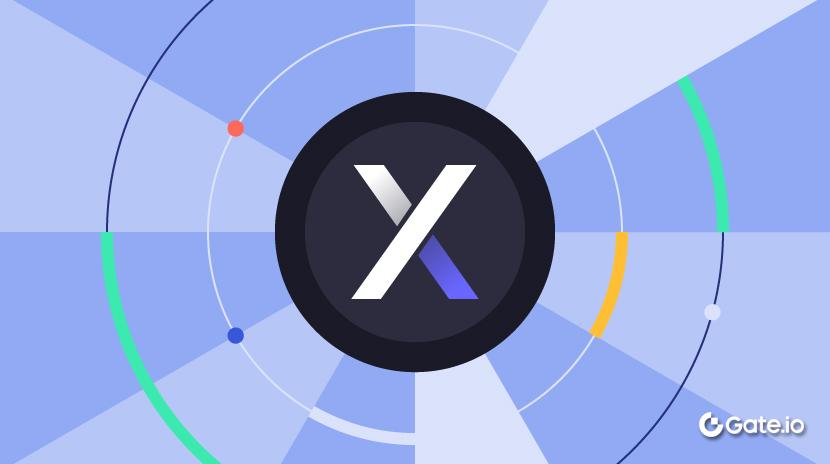O roubo de tokens de $5 milhões da ZKsync desencadeia uma queda de preço, uma estrela caída da L2 no caos
O roubo de $5 milhões de tokens da ZKsync desencadeou uma queda de preço e reacendeu preocupações sobre a segurança da Camada 2. Este artigo analisa o incidente, as reações da comunidade e a crise mais ampla do ecossistema, revelando como este projeto outrora celebrado caiu numa crise de confiança, à medida que a Camada 2 enfrenta uma bolha de exaltação e ansiedade existencial sobre o valor real.Em 15 de abril, os preços do token ZK no ZKsync - uma vez um dos "Big Four" Ethereum Layer 2 - caíram sem aviso prévio. No momento da escrita, o token ZK está cotado a $0.0444, marcando uma queda de mais de 14% em 24 horas e provocando uma preocupação generalizada na comunidade. Em resposta ao incidente, uma importante exchange centralizada (CEX) suspendeu os serviços de depósito e retirada do ZKsync.

O que aconteceu?
A equipa oficial da ZKsync respondeu rapidamente. Às 21:49 de 15 de abril, emitiram um comunicado a confirmar que a violação teve origem numa conta de administrador comprometida. Esta conta controlava cerca de 5 milhões de dólares em tokens ZK. Estes tokens não foram criados arbitrariamente - provieram de tokens não reclamados remanescentes de uma campanha anterior de distribuição gratuita da ZKsync.

A equipa enfatizou que a cunhagem não autorizada e a venda resultaram de uma chave roubada ligada exclusivamente ao contrato de airdrop. Descreveram-na como um incidente isolado. Segundo a ZKsync, estão a tomar medidas de segurança apropriadas e afirmaram claramente que todos os fundos dos utilizadores estão seguros e nunca estiveram em risco. O protocolo ZKsync e os contratos de token permanecem inalterados, sem mais tokens em risco de serem roubados.
Mais tarde, naquela noite, às 23:25, a ZKsync forneceu uma atualização: "Nossa investigação mostra que a conta de administrador que gerencia três contratos de distribuição de airdrop foi comprometida. A conta violada é: 0x842822c797049269A3c29464221995C56da5587D. O atacante invocou a função sweepUnclaimed(), criando cerca de 111 milhões de tokens ZK não reclamados dos contratos de airdrop. Isso aumentou o fornecimento circulante em cerca de 0,45%. O ataque foi limitado aos contratos de distribuição de airdrop, e todos os tokens mintáveis foram agora criados. Não é possível qualquer exploração adicional por este método. O protocolo ZKsync, o contrato de token ZK, todos os três contratos de governança e os planos ativos de mintagem de tokens permanecem inalterados e continuarão a operar normalmente.
Apesar destas garantias, a volatilidade do preço do token falou volumes. Mais importante, a comunidade não pareceu comprar a explicação oficial.
Muitos na comunidade alegaram que o ato foi premeditado em vez de um "roubo acidental." Eles apontaram que o ZKsync primeiro criou 111 milhões de $ZK on-chain, depois descartou 66 milhões de tokens em uma venda em massa - essencialmente acusando a equipe de encenar um "trabalho interno."

@yuyue_chriscomentou que o incidente ZKsync é mais um exemplo do “livro de jogadas de manipulação centralizada” visto recentemente. A cunhagem anormal de tokens é vista como um abuso flagrante de poder, minando completamente a confiança dos investidores em projetos apoiados por VC. A resposta oficial, segundo ele, foi “puramente perfunctória.”

Nos últimos anos, a competição entre as soluções de Camada 2 tem se tornado cada vez mais acirrada. A ZKsync já havia decepcionado alguns investidores ao interromper seus incentivos de liquidez durante o mercado em baixa. Agora, a emergência deste escândalo de segurança só vem adicionar insulto à injúria.
Uma vez uma Estrela da Camada 2, Agora em Desordem
ZKsync é uma solução de escalonamento da Camada 2 do Ethereum que reduz significativamente os custos de transação e aumenta a velocidade ao deslocar o processamento de transações da mainnet do Ethereum para uma sidechain. Ele utiliza a tecnologia ZK Rollup, que já foi aclamada como o futuro da Camada 2 devido à sua eficiência e segurança.
Entre os jogadores da Camada 2, a ZKsync já foi considerada uma força líder ao lado da Arbitrum, Optimism (do campo OP Rollup) e Starknet (também ZK Rollup). Ela banhou-se na luz dos holofotes por um tempo.
Mas o desempenho recente do ZKsync tem estado longe de ser estelar. Após a distribuição aérea em junho do ano passado, a atividade do ecossistema diminuiu acentuadamente. Os dados mostram que o número de endereços ativos no ZKsync caiu 83,5%, enquanto o volume médio diário de transações caiu 86%. Durante a distribuição aérea de junho de 2023, 3,6 bilhões de tokens ZK foram distribuídos para 695.232 carteiras. No entanto, os dados da Nansen revelam que mais de 40% dos destinatários venderam todos os seus tokens imediatamente, 41,4% venderam parte das suas participações e apenas 17,9% escolheram manter. Isso sugere que a distribuição aérea não conseguiu incentivar a participação a longo prazo e em vez disso intensificou a pressão de venda.

Além disso, o ZKsync já havia ganho uma reputação de “cadeia de tapetes”. Em abril de 2023, o SyncDex Finance pareceu puxar o tapete, desaparecendo com mais de 100 ETH e 98.444,8 USDC em fundos apostados e fechando todos os canais oficiais. Menos de um mês depois, o projeto SHIBERA drenou sua piscina de liquidez e desapareceu. Em julho do mesmo ano, o TVL (Total Value Locked) da Kannagi Finance despencou de $2,13 milhões para apenas $24, com suas contas oficiais desativadas. O projeto xBank Finance em maio também teria supostamente falido, com suas contas oficiais congeladas.
E não é apenas a ZKsync - outros antigos líderes da camada 2 do Ethereum também estão enfrentando tempos difíceis. Em março de 2024, a atualização Cancun do Ethereum brevemente desviou a atenção de volta para o espaço da Camada 2. Mas, de acordo com os dados da Artemis, os endereços ativos da ZKsync, Arbitrum, Optimism e Starknet atingiram o pico no segundo trimestre de 2024 antes de entrar em declínio constante. A ZKsync, em particular, viu um pico nos endereços ativos em abril e junho de 2024, atingindo quase 1,4 milhão - muito à frente de outras Camadas 2. No entanto, após o airdrop de 17 de junho, o número de endereços ativos despencou. No final de julho, atingiu o fundo do poço. Embora tenha havido pequenos rebotes depois disso, a atividade permaneceu consistentemente abaixo de 200.000.

À medida que a concorrência no espaço Layer 2 atinge um ponto crítico, projetos de ZK Rollup como ZKsync falharam em manter sua liderança inicial. Em contraste, Base subiu rapidamente, aproveitando a baixa barreira de entrada da carteira inteligente da Coinbase e alcançando quase 4 milhões de transações diárias - quase o dobro do Arbitrum - para atrair uma grande base de usuários, desviando significativamente a participação de mercado. Enquanto isso, aplicações do ecossistema Ethereum, como moedas de meme e DeFi, foram desviadas para cadeias Layer 1 como Solana, fazendo com que muitos Layer 2s se tornem gradualmente “cadeias fantasmas” sem atividade real do usuário.
Se o recente incidente da ZKsync foi realmente um roubo ou apenas mais um caso de manipulação de mercado por insiders suspeitos permanece por confirmar. No entanto, para recuperar a confiança da comunidade e voltar ao topo da camada 2, a ZKsync deve tomar medidas concretas para se provar. De forma mais abrangente, para todo o setor da camada 2, o verdadeiro desafio pode já não ser apenas técnico - trata-se de se transformar de uma “bolha de tráfego” em criação de valor genuíno sob as pressões da forte concorrência e fragmentação de mercado.
Aviso Legal:
Este artigo foi reproduzido a partir de [BlockBeats], com direitos de autor pertencentes ao autor original [Ashley]. Se tiver alguma preocupação sobre esta reimpressão, por favor contacte oGate Learnequipa, que irá tratar do problema de acordo com os procedimentos adequados.
Aviso: As opiniões expressas neste artigo são exclusivamente as do autor e não constituem qualquer conselho de investimento.
As traduções deste artigo para outros idiomas foram fornecidas pela equipa Gate Learn. Não copie, distribua ou cometa plágio do conteúdo traduzido sem referenciarGate.com.
Artigos relacionados
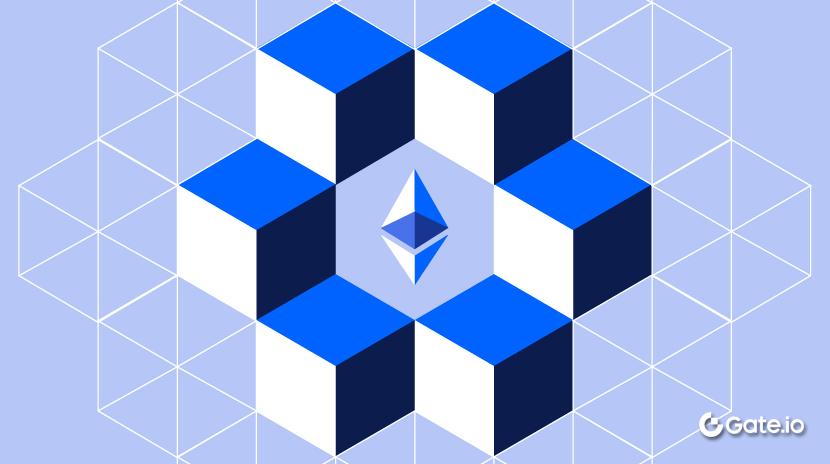
Como Aposta ETH
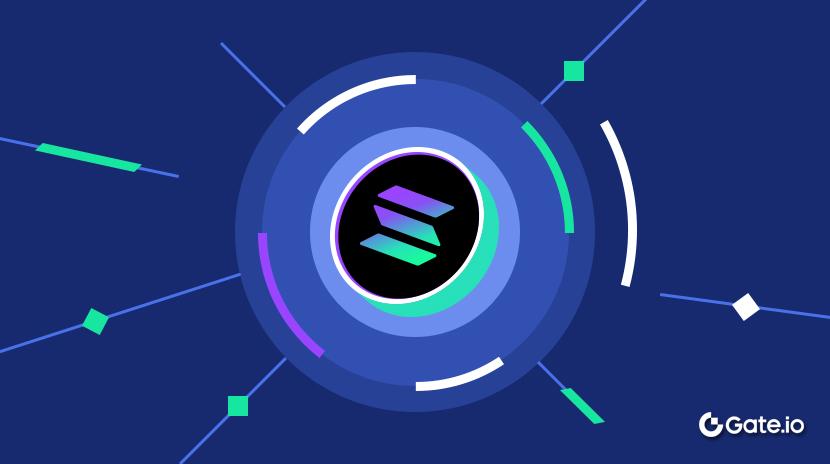
O que é Solana
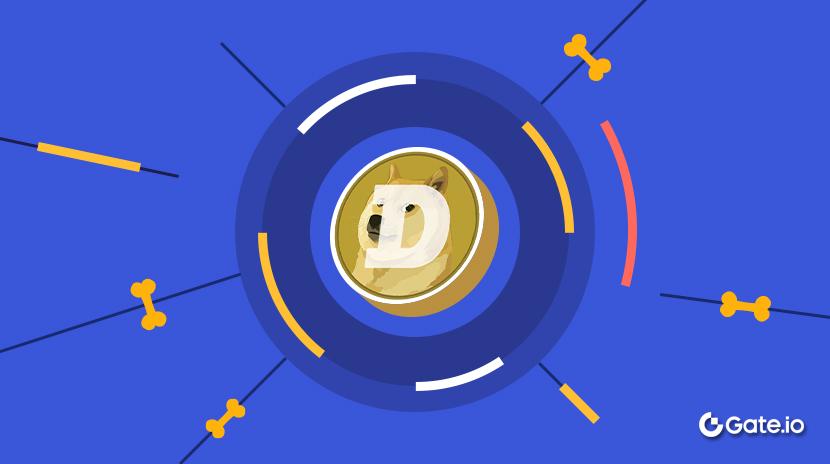
O que é a Dogecoin?

O que é o BNB?
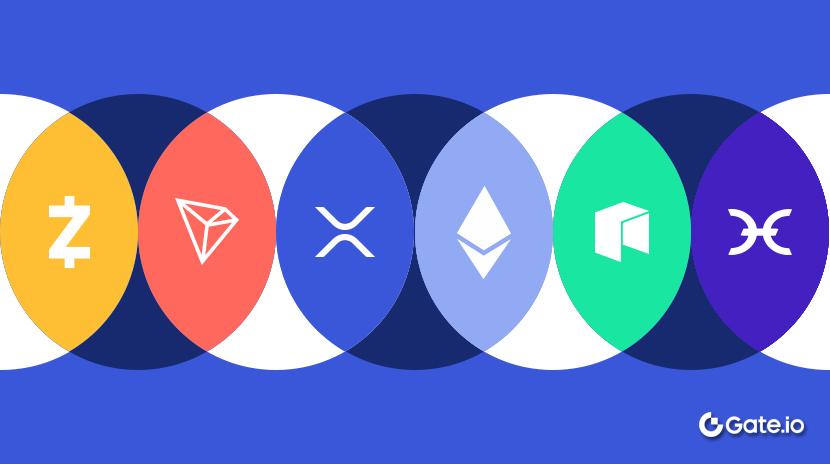
O que são Altcoins?
